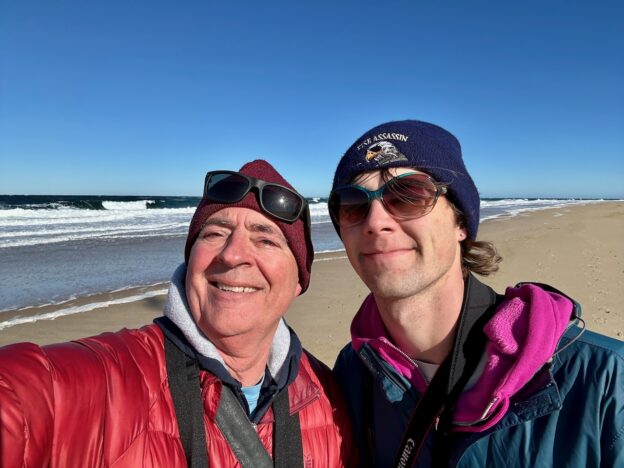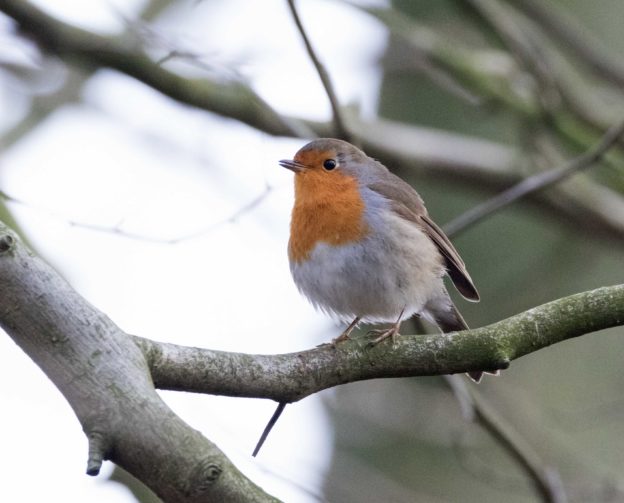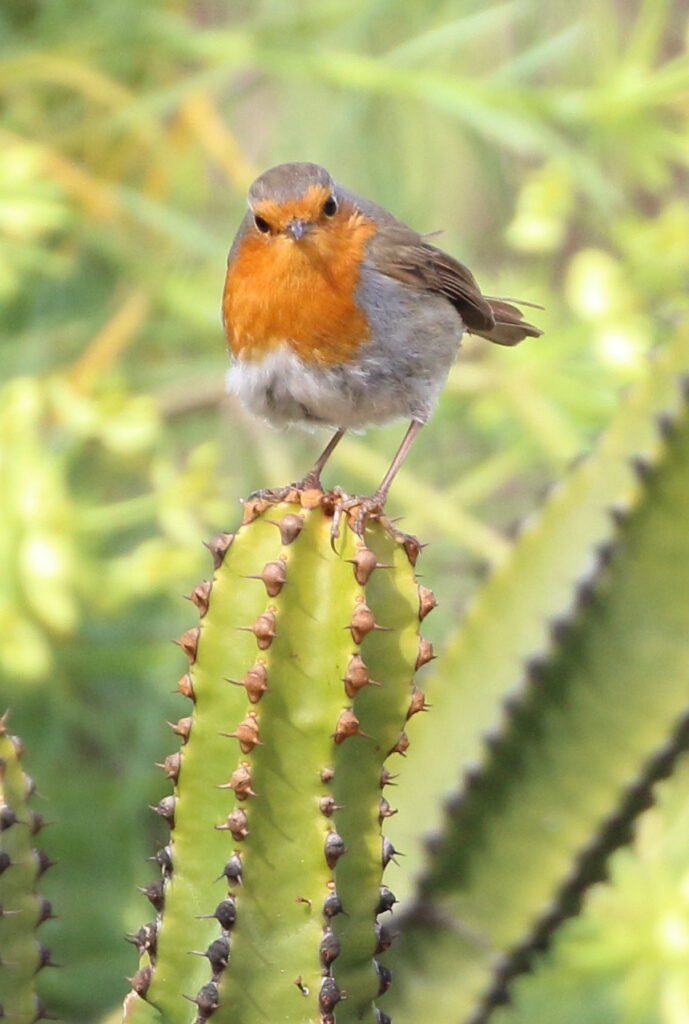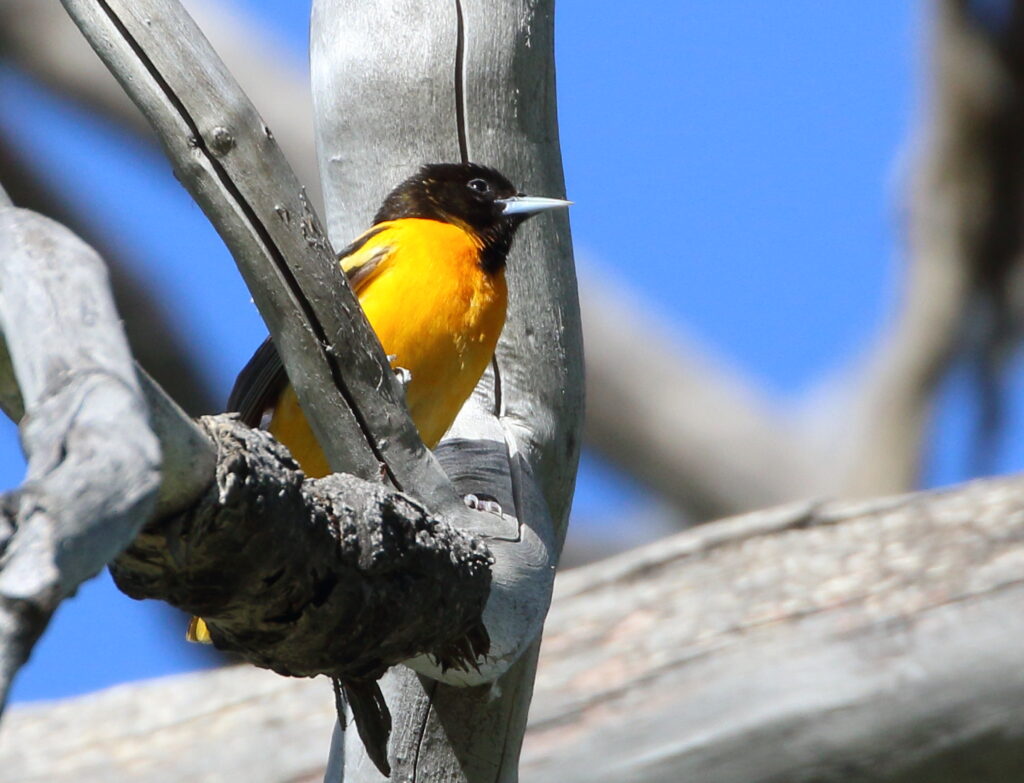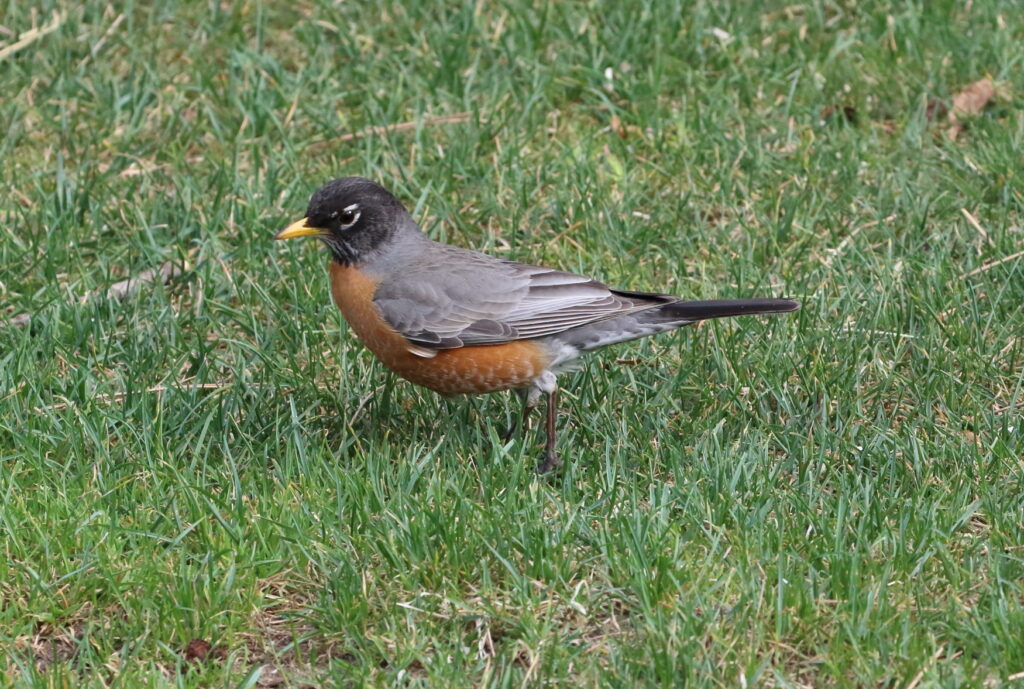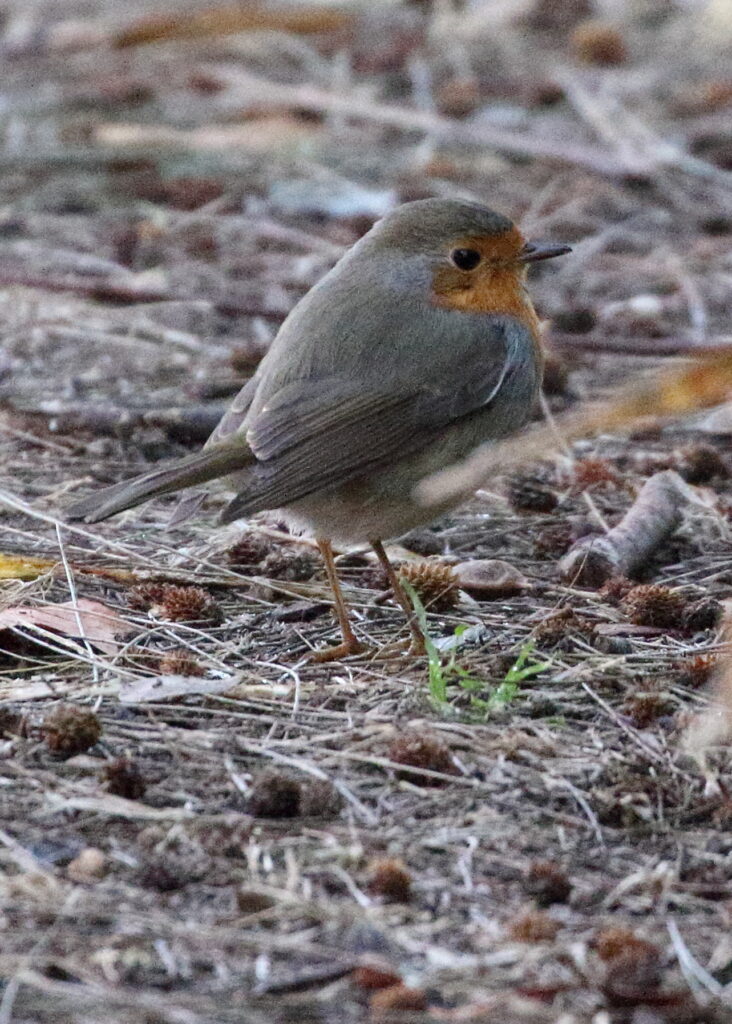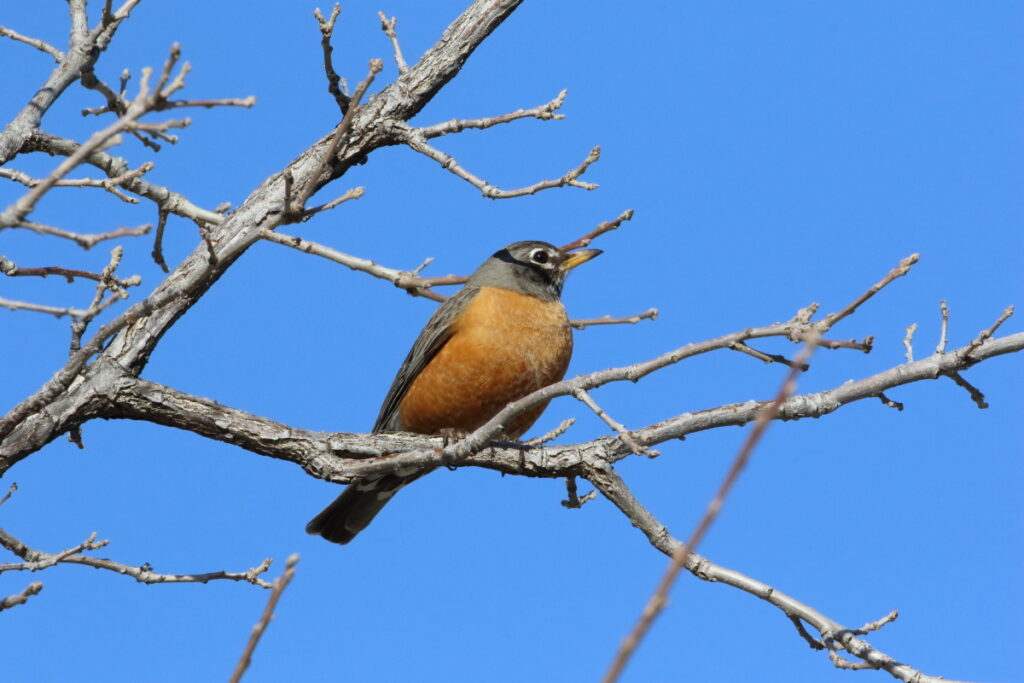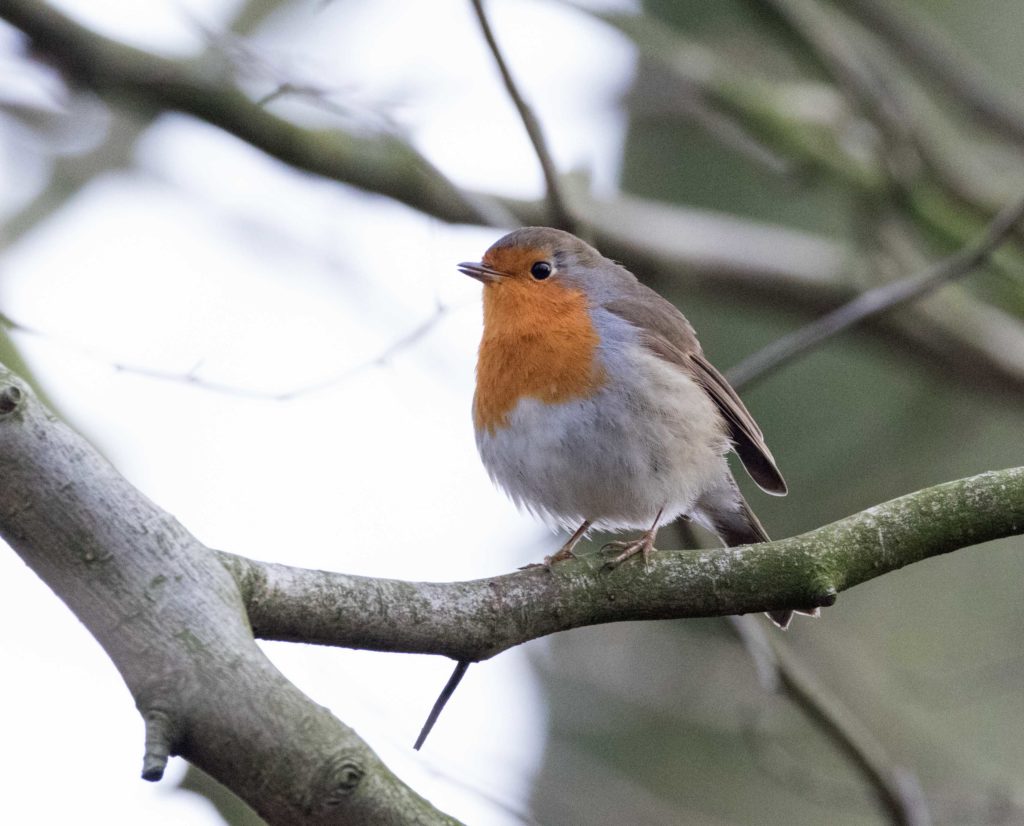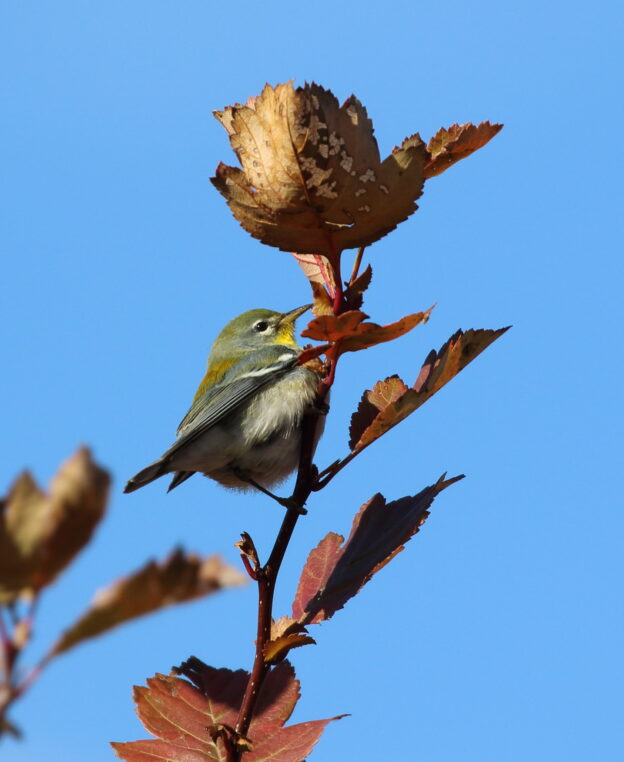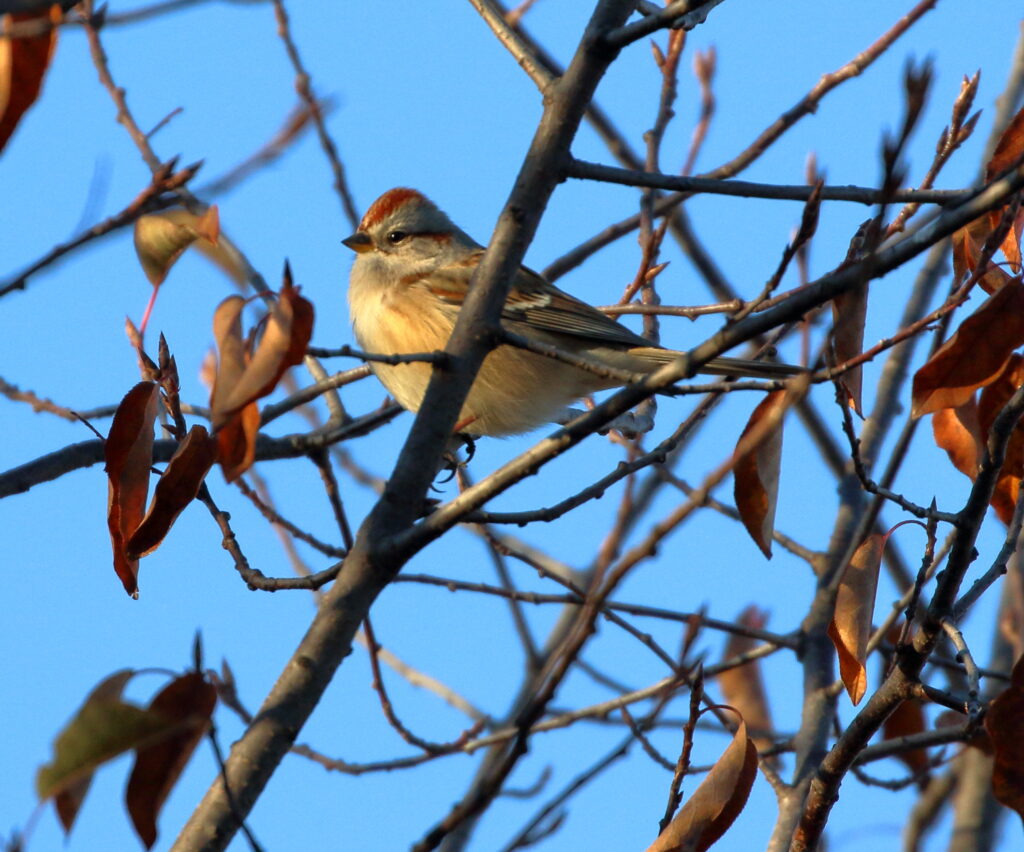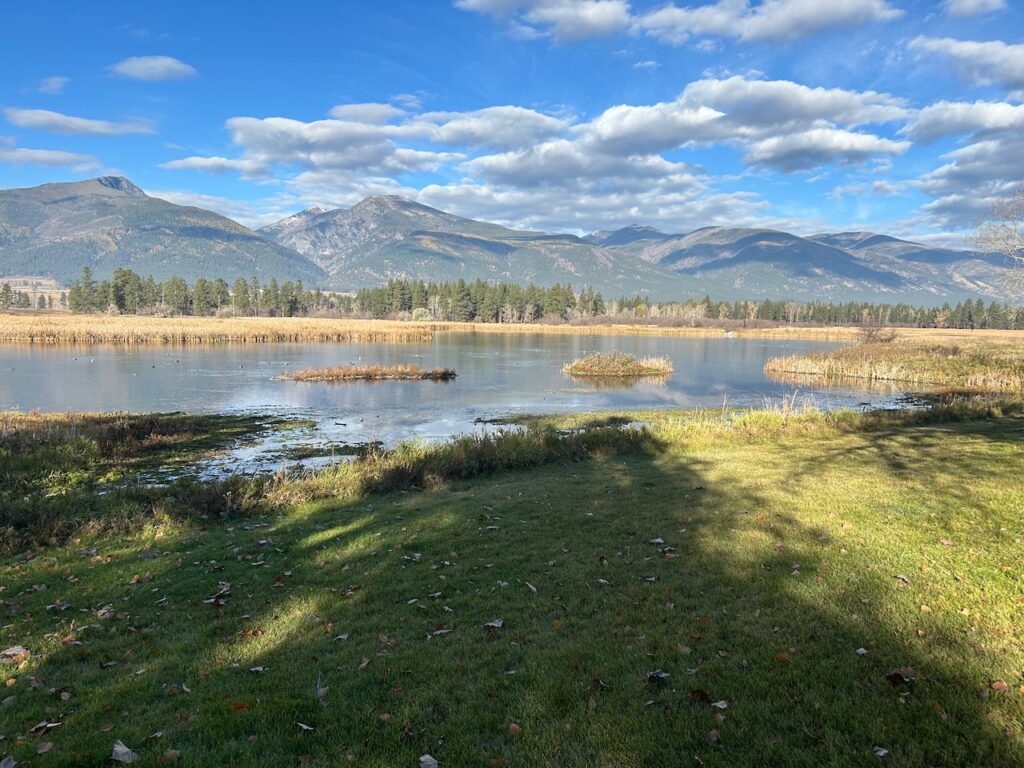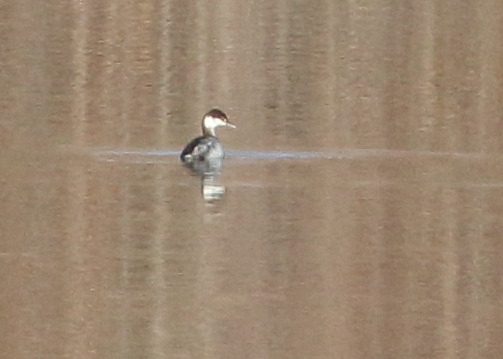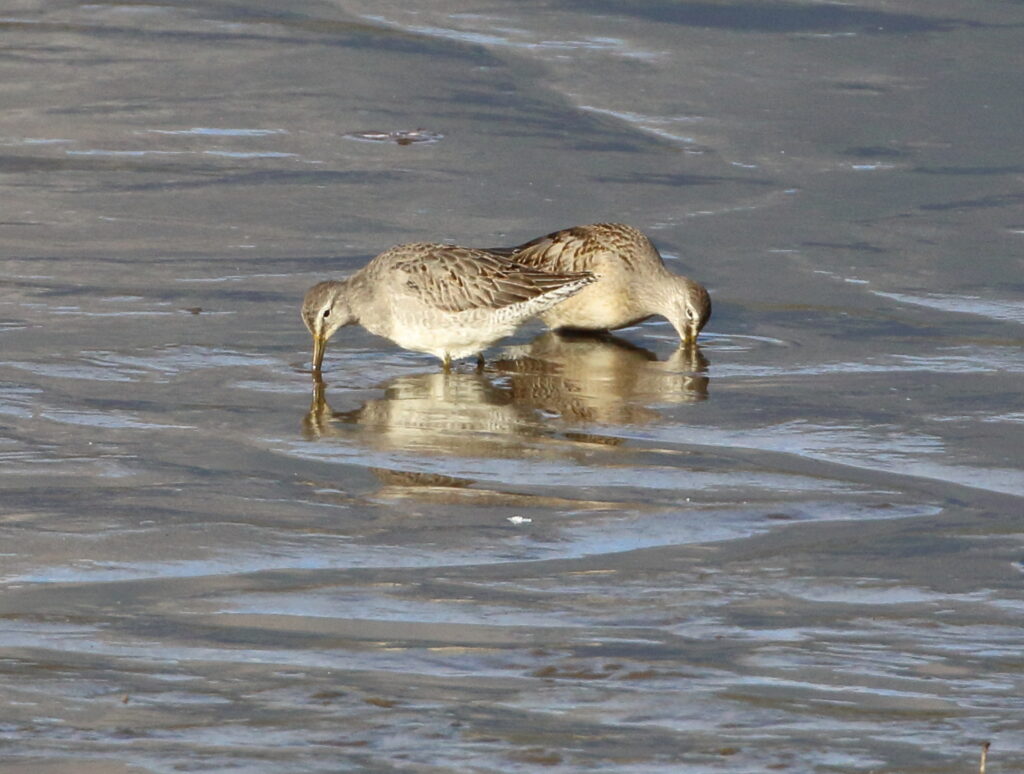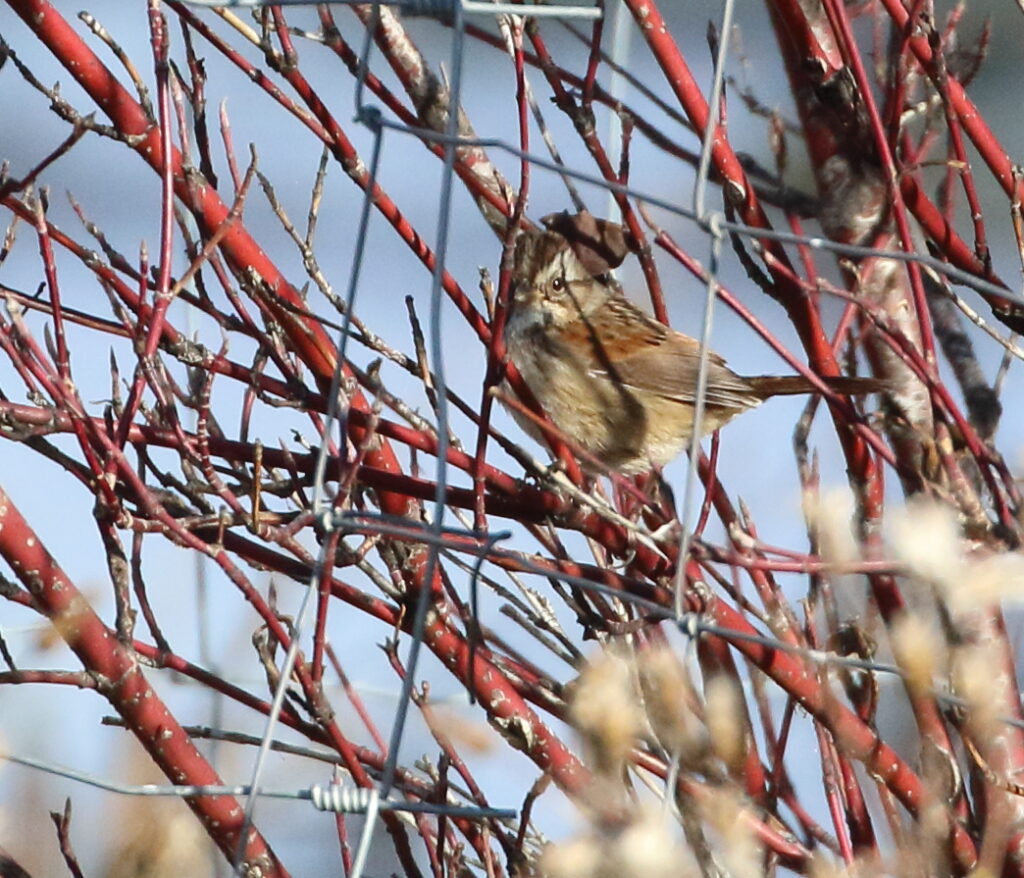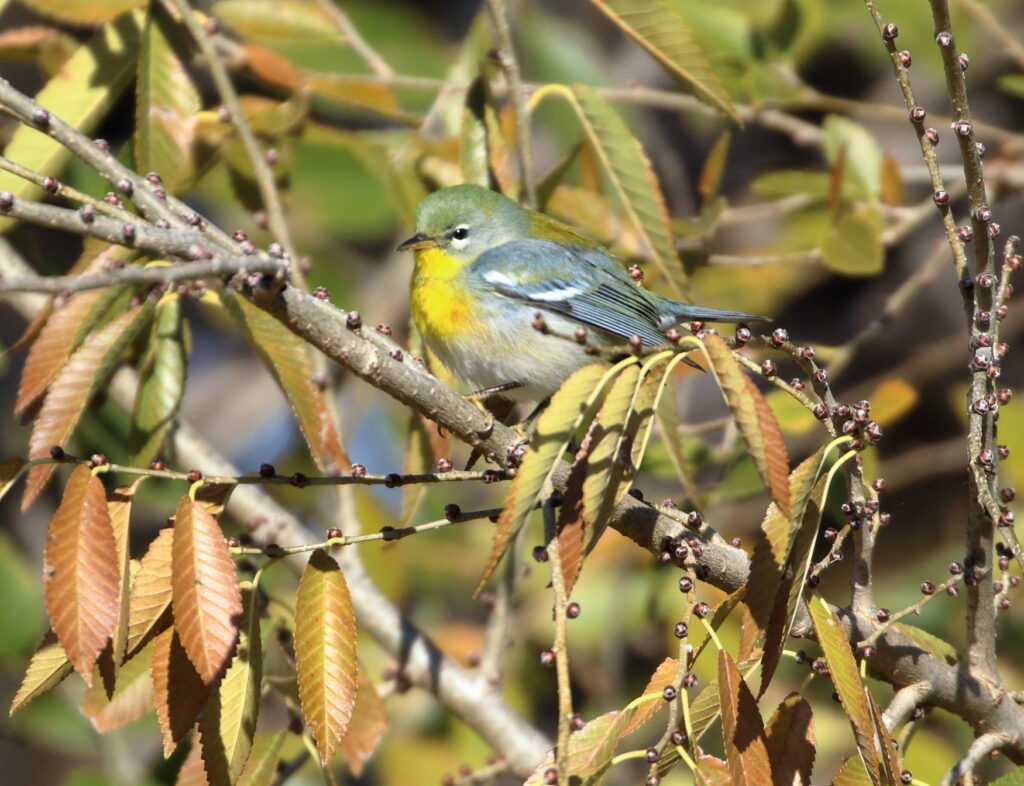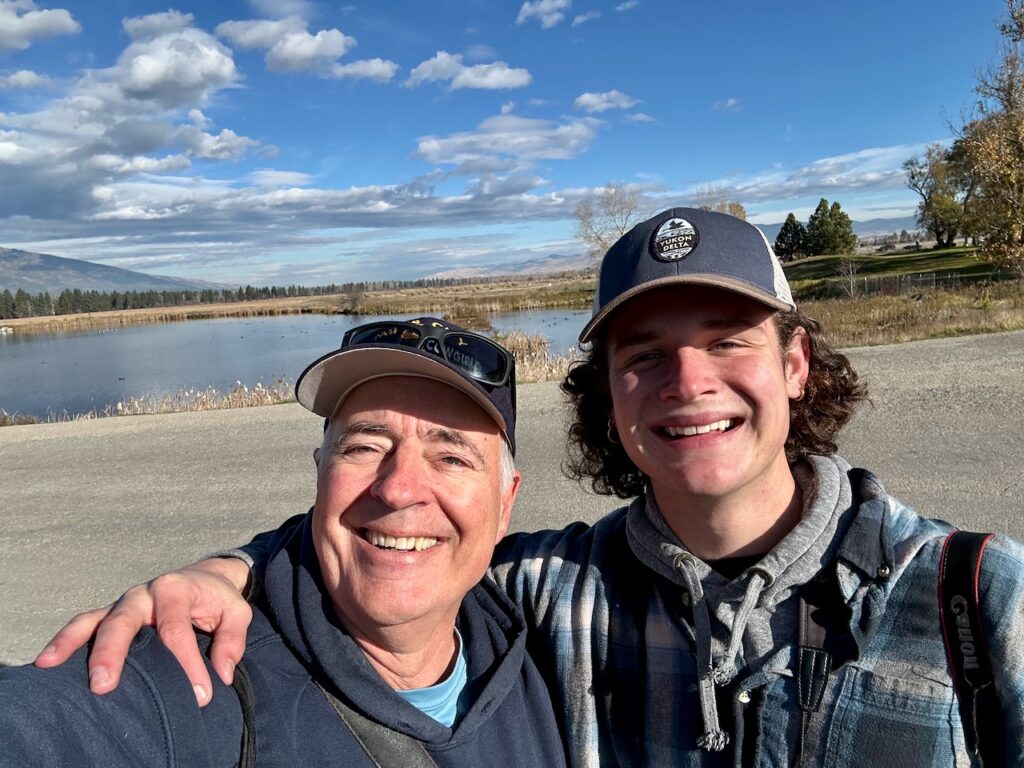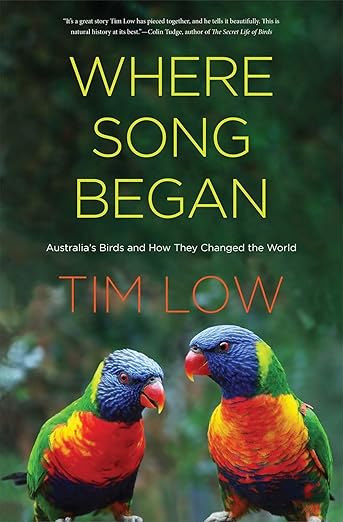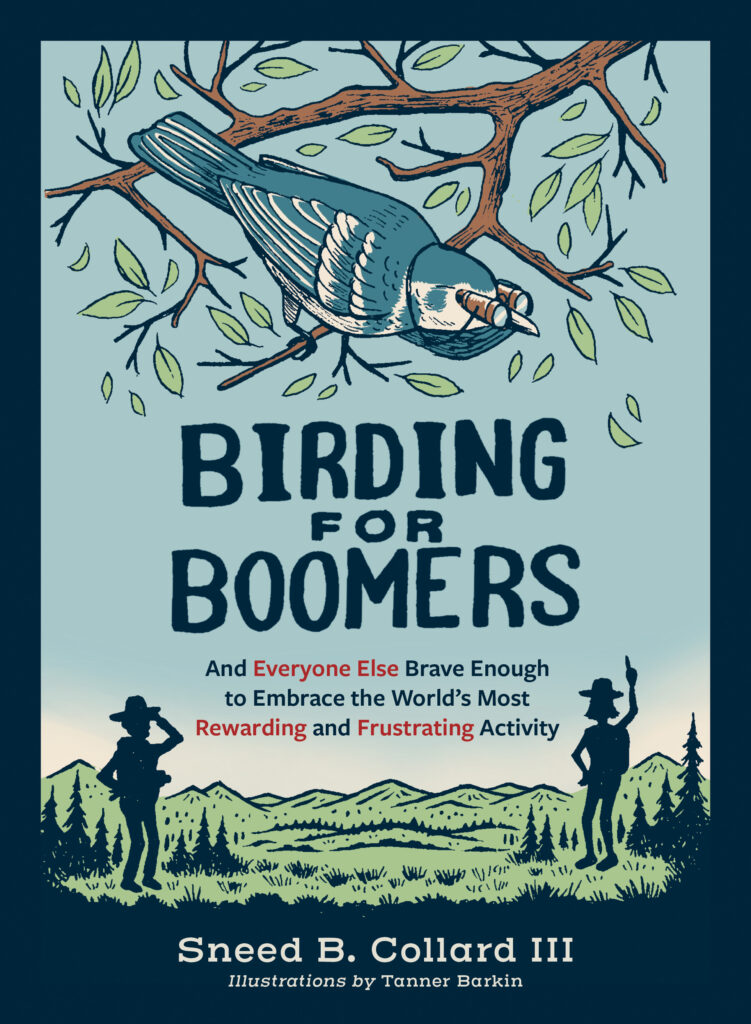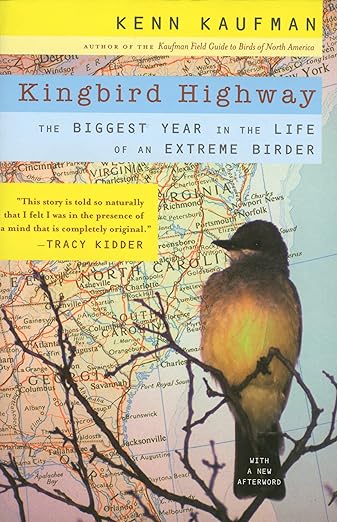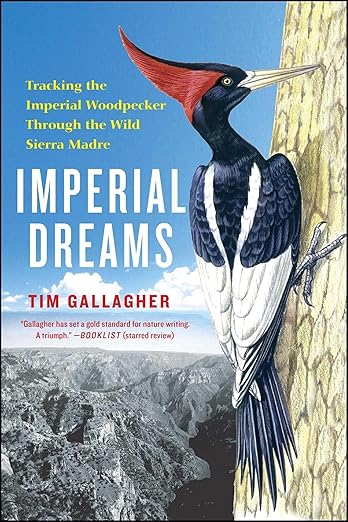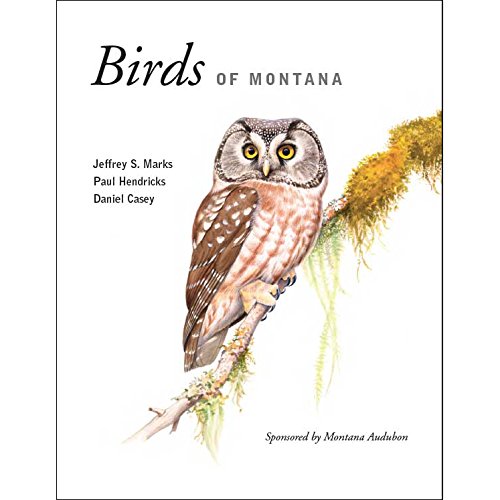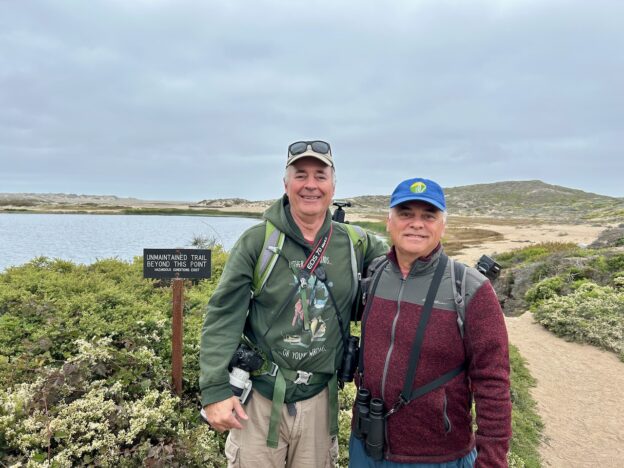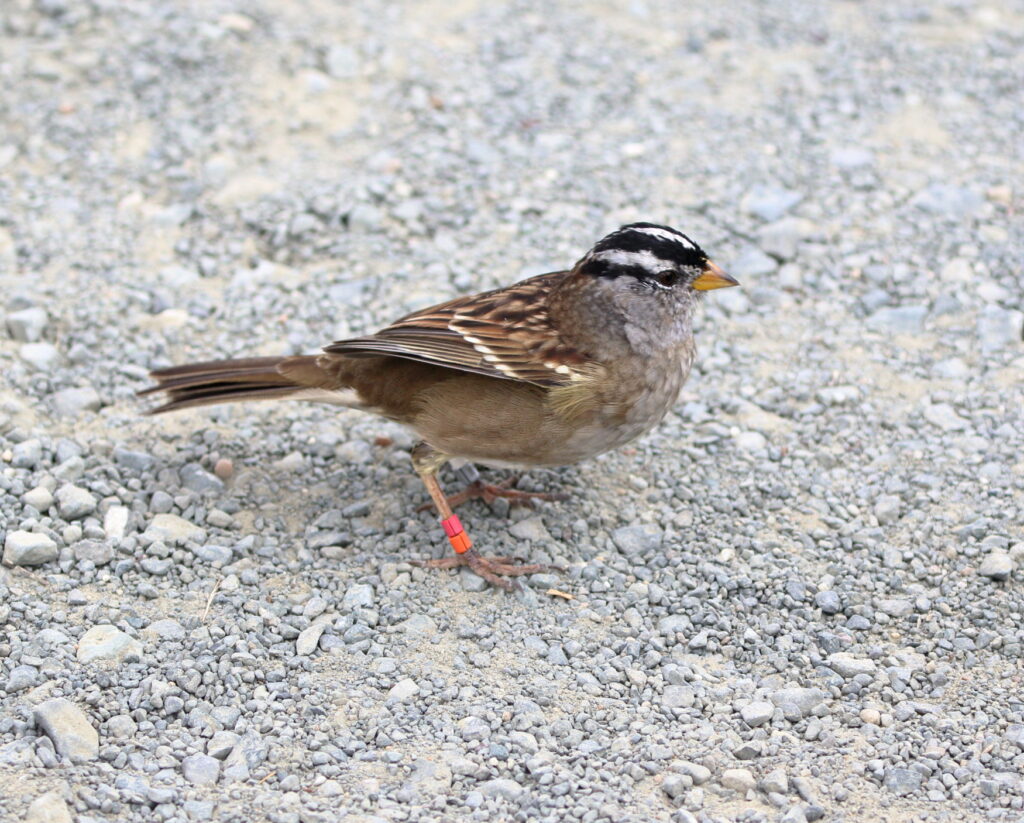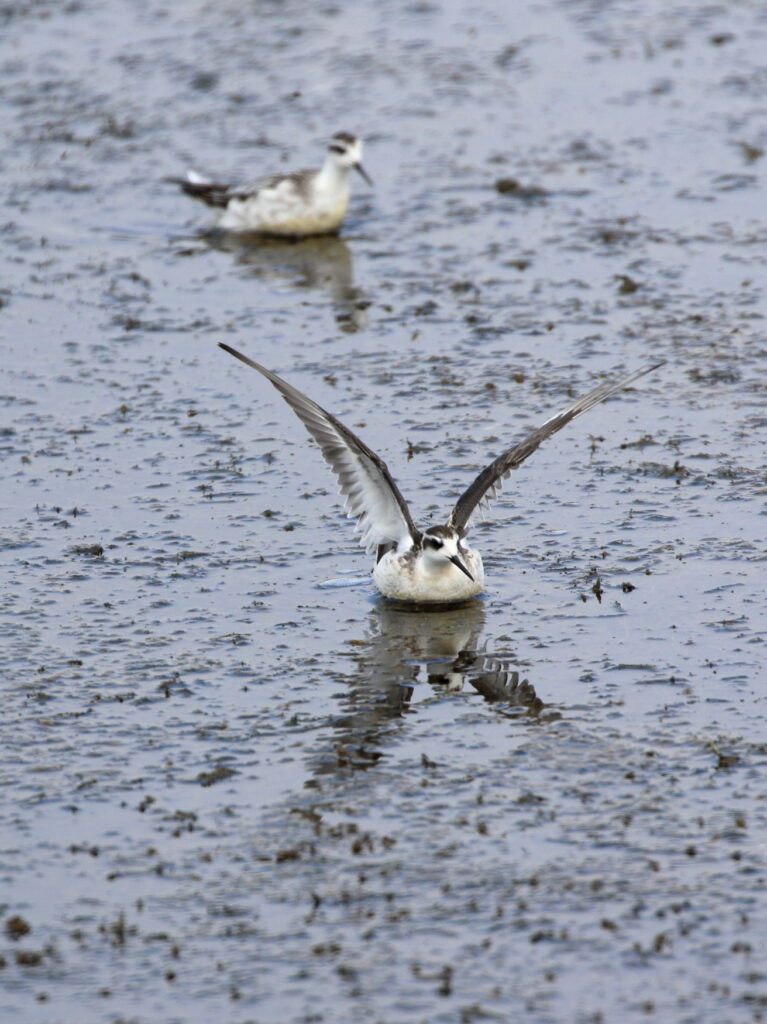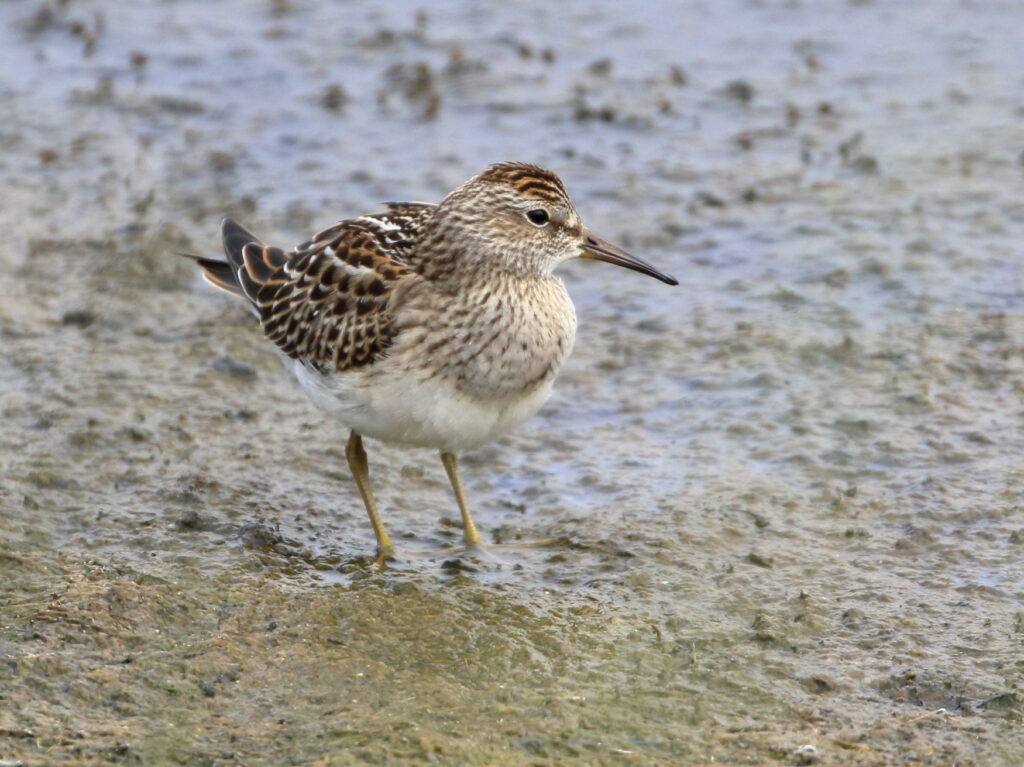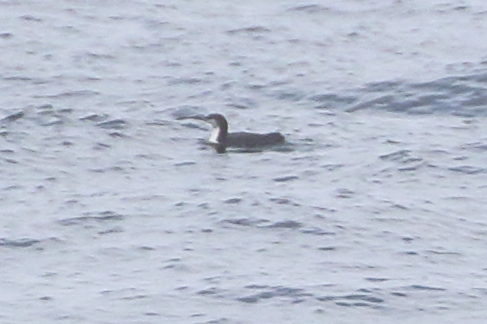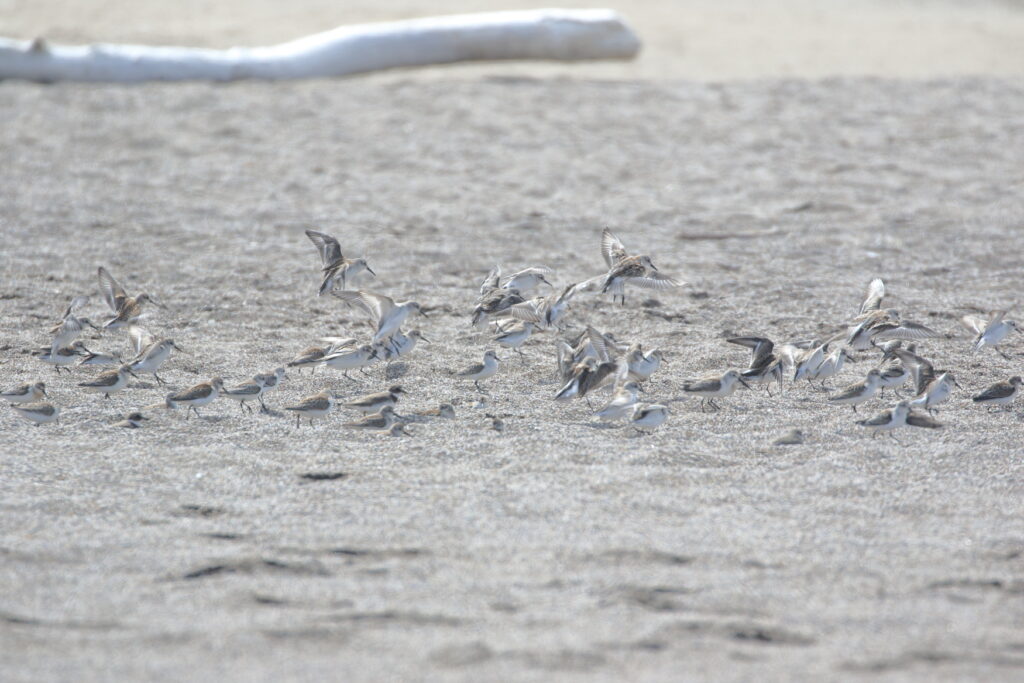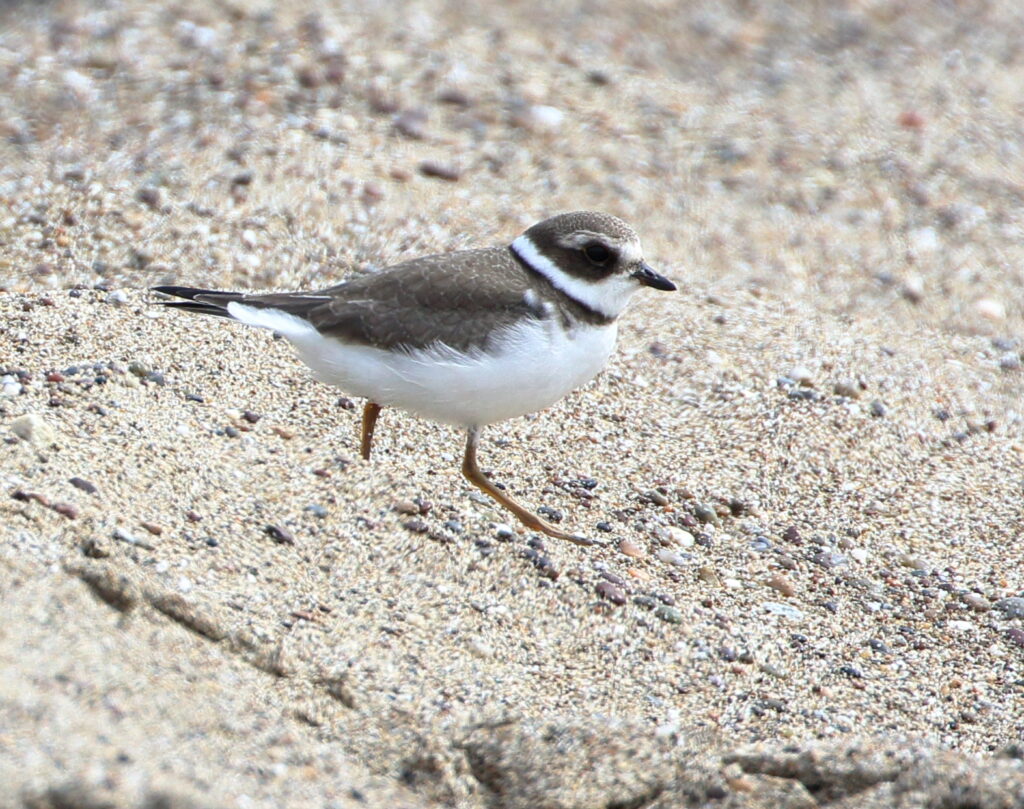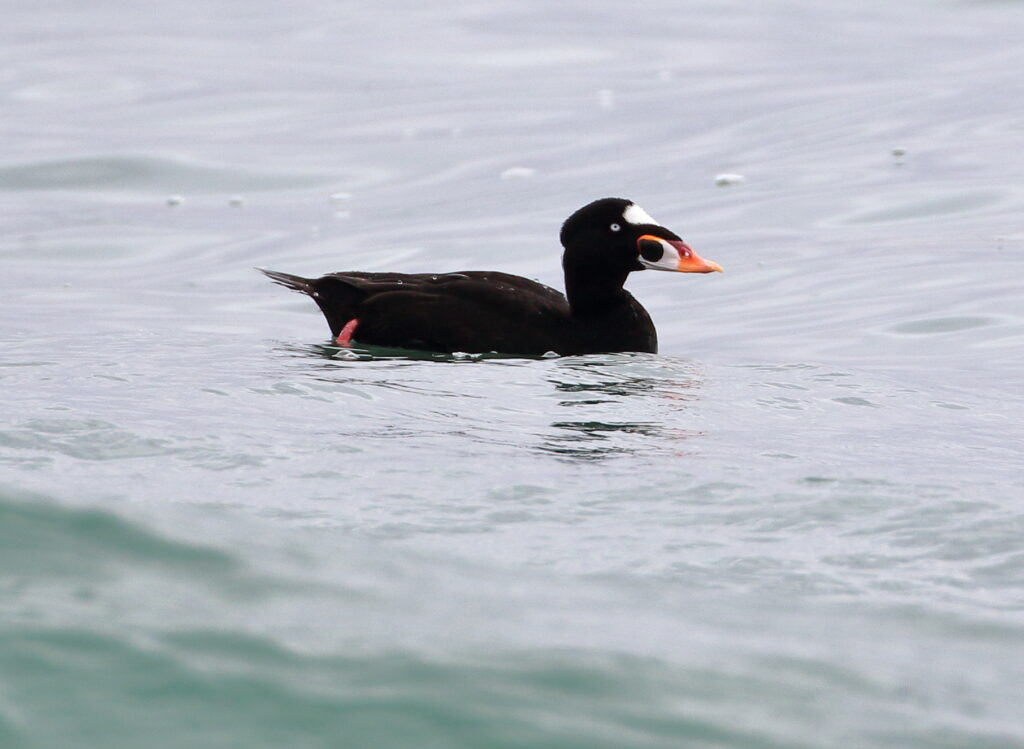2024 has been a record-breaking year for FatherSonBirding—and in more ways than one. Let’s start with the stats. Number of views to our site increased by almost 50% over last year to almost 14,000, while the number of visitors increased 65% to about 10,000. Much of what is driving these increases is interest in our posts about foreign birding destinations including Japan, Costa Rica, and Spain. In fact, viewers from 104 different countries visited our site this past year. Top views from countries other than the US were:
Japan: 445
United Kingdom: 384
Canada: 352
Australia: 244
Singapore: 208

So which of our posts received the most views? Here is our Top 10 for 2024 (plus/minus 10 views each, given the quirks of the statistics-accumulating program):
1. Birding Japan, Kyoto: 811
2. Birding Japan, Tokyo Part I: 573
3. Birding San Antonio’s Riverwalk, Are You Nuts?: 568
4. Birding Barcelona Part I, The Urban Core: 463
5. Birding Japan, Kanazawa: 332
6. Birding Glacier National Park in the “Hot Dry Winter” of 2024: 289
7. Getting Serious About State Birds: 284
8. Braden’s Costa Rica Report #3, El Copal: 249
9. Turning Useless Lawn into Vital Habitat: 196
10. Monotypic Birds, Evolution’s Survivors: 195
A couple of things become evident from this list. One is that many birders are travelers. Even though they are from 2023, our Kyoto and Tokyo posts (links above) continue to get hits every day, often from people outside the United States. Despite this stiff competition, our post about San Antonio’s Riverwalk still wears the crown of our all-time most viewed site. It doesn’t take a genius to figure out that all of this is because of how many birders are out traveling the world!
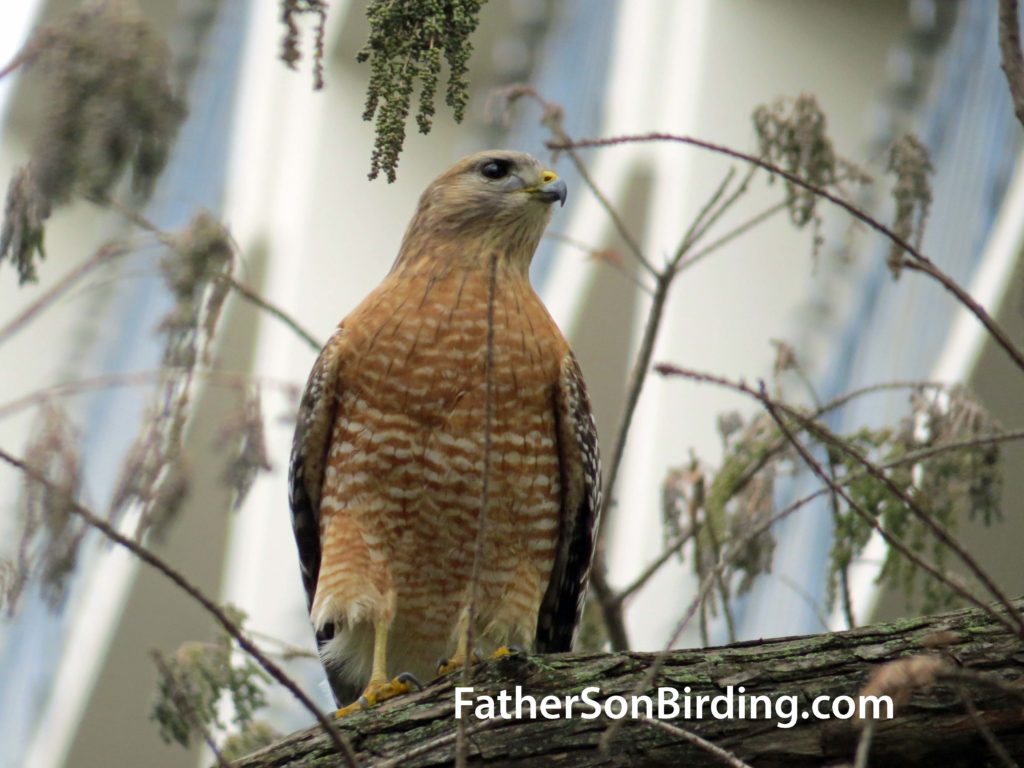
Our top posts, though, also reveal that readers of FSB have a major interest in environmental issues, as is revealed by our Glacier National Park post and our post “Turning Useless Lawn into Vital Habitat.” We take great satisfaction in that because one of the main reasons we write FSB is to help increase awareness of the environmental plight of our planet—and birds in particular—and what we can all do to improve the situation. Planting native plants in our yards is an especially simple, effective approach to increasing vital habitat that birds and their prey depend on. We’re happy that so many people took time to read our post on this topic.
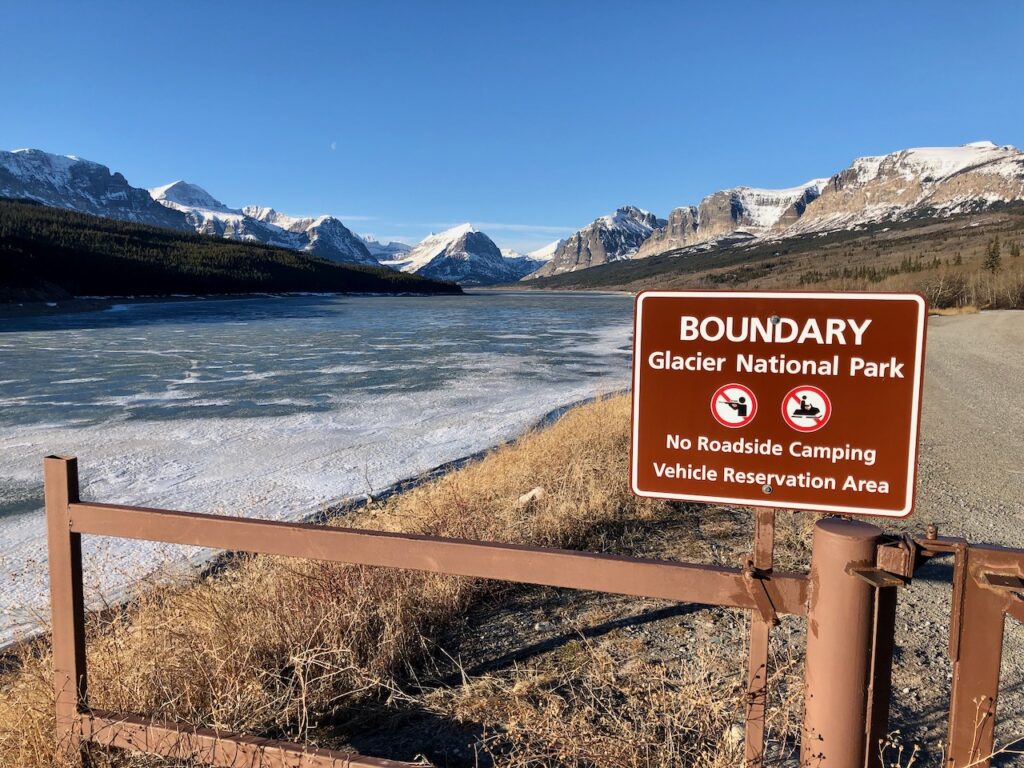
But the year is only a little about statistics. Braden and I both had wonderful birding adventures in 2024. Thanks to his semester abroad in Costa Rica, Braden saw a remarkable 736 species of birds in 2024. More important, he got dozens of other young people into birding by starting the wildly successful UMaine Birding Club. The club did all kinds of fun activities, from leading dozens of birding outings to hosting movie nights and launching a project to reduce bird strikes on the UMaine campus building windows. Braden and I also finally got to take the eastern Montana birding safari of our dreams, spending two weeks exploring corners of the state we’d never before visited.
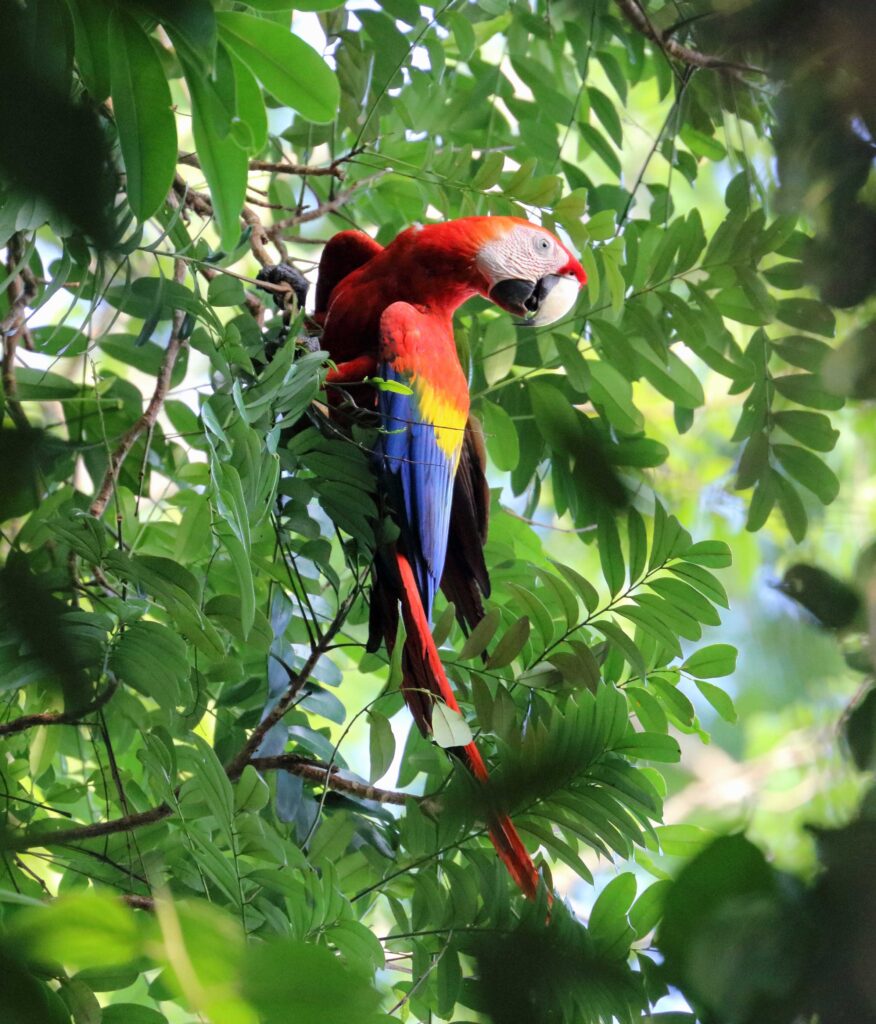
I had my own birding adventures including my wife’s and my trip to Barcelona last February, where I picked up a dozen species for my life list and had a whole lot of fun with Amy. I had two great trips to California: one to show my youngest, Tessa, a couple of potential colleges for next year; the second a great Bay Area trip to visit family and friends, including four fab days of birding with my childhood buddy, Scott. Work travel gave me additional opportunities to bird in Oregon, Washington, and throughout Montana. The highlight of the end of my year was getting to bird Cape Cod with Braden during Thanksgiving Week. I am also elated that my newest book, Birding for Boomers, is off to such a great start, reaching #8 the Pacific Northwest Booksellers Association bestseller’s list for nonfiction paperback books!
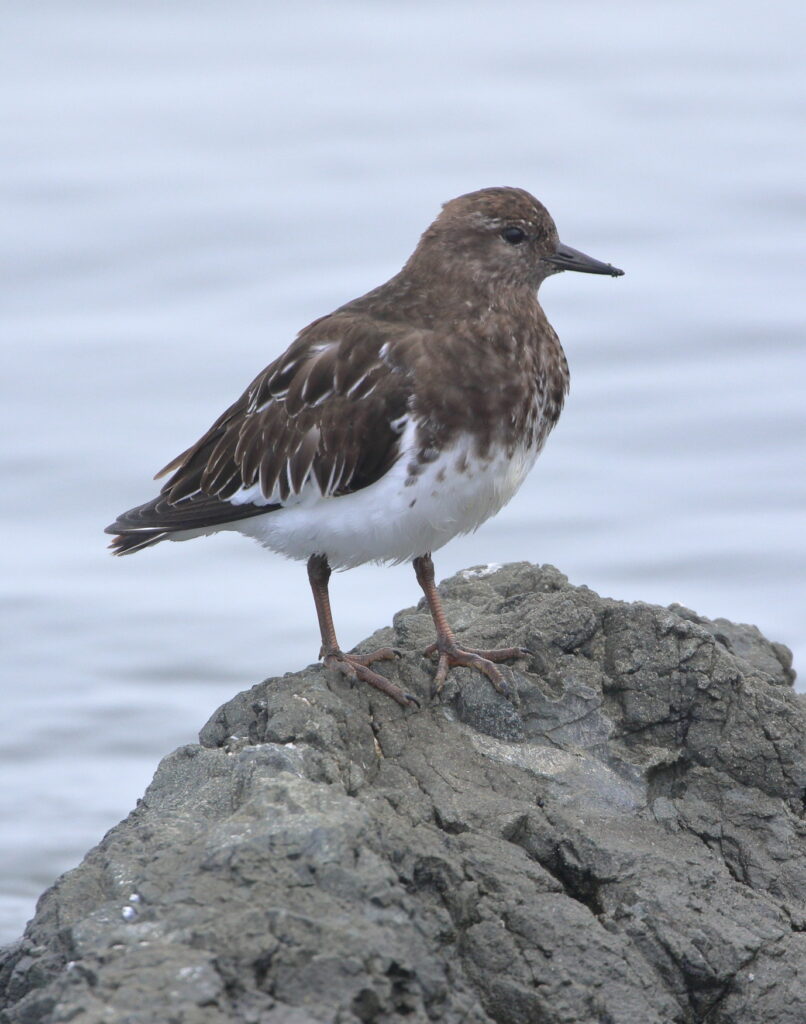
As usual, Braden and I have only vague ideas where 2025 will take us and what we will be moved to write about. A few destinations in the mix: Indonesia, Vancouver Island, Texas. Whatever adventures we have and end up writing about, we deeply appreciate all of you for checking in and taking an interest in the coolest group of critters on earth. We also appreciate you supporting our work by buying our books and sharing FSB with your friends, family, and colleagues.
Until next year, Happy New Year, and may 2025 bring you joy, satisfaction, closer connections and, of course, a whole lotta birds!
Sneed & Braden

